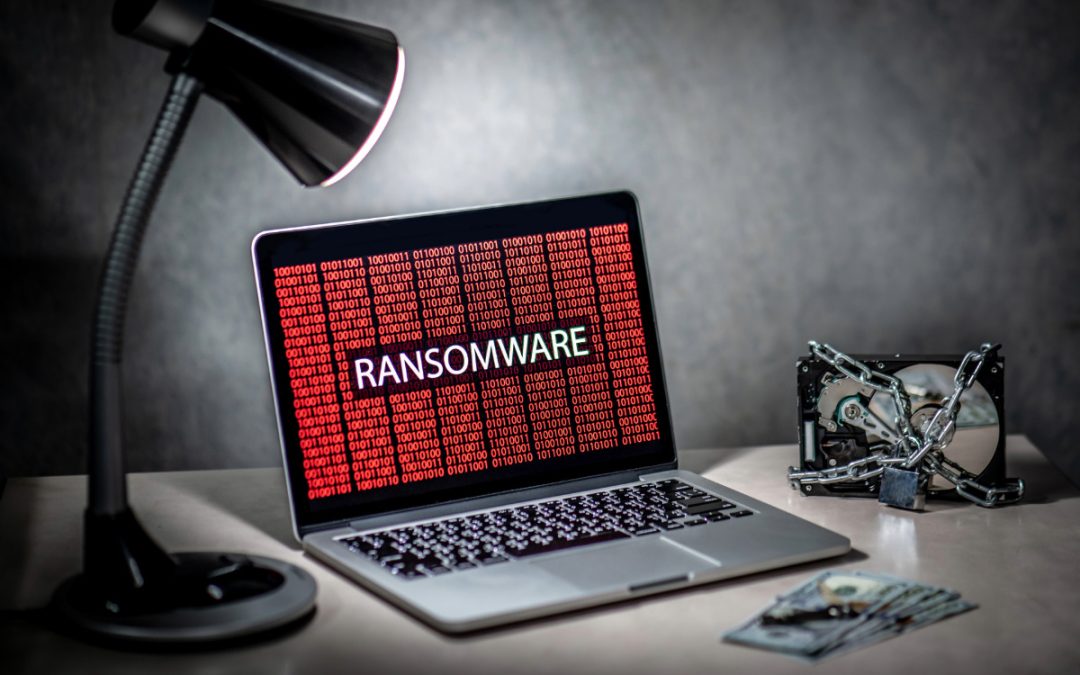Whether at home or at work, sharing messages and files with others is an everyday part of many people’s lives. Many apps and websites have encryption features, but with over 350 million Americans impacted by data breaches in 2023 alone, that isn’t always enough. Fortunately, end-to-end encryption is widely available to secure chats and data sent between two people.
Table of Contents
How End-To-End Encryption Works
Why Keeping Your Data Encrypted Is Valuable
End-To-End Encryption Isn’t Effective for Every Situation
The Difference Between E2EE and Other Encryption
The Devices on Both Ends Can Still Be Targeted
Messaging Services That Offer End-To-End Encryption
Use End-To-End Encryption To Keep Your Data Safe
What Is End-To-End Encryption (E2EE)?
End-to-end encryption is a method of securing digital messages so that only the sender and receiver can decrypt and read them. This effectively prevents any middleman, such as internet service providers or hackers, from viewing the content. Anyone who intercepts the data will only see random characters and cannot convert them into a readable message.
How End-To-End Encryption Works
At its core, end-to-end encryption protects data while it travels between each side using a key. The process begins when the sender composes a message or sends a file. This data is encrypted using the recipient’s public key, which can be safely shared. Once the encrypted message reaches the other person, their device uses a private key to decrypt the data, converting it to its original readable form.
This is effective because data can only be decrypted with a private key on the receiver’s device. Even if someone steals messages in transit, they cannot read them without the private key. That makes it especially effective against cyberattacks, as stealing the data isn’t enough to compromise it.
Why Keeping Your Data Encrypted Is Valuable
Whether chatting with family or sending a file to a co-worker, most people don’t want their private content to be spied on. And in the case of a business, leaking that information can cause irreversible damage. That’s why keeping data safe requires a proactive effort. You can’t take back what’s been stolen, but you can take extra steps now by using services that offer encryption.
End-To-End Encryption Isn’t Effective for Every Situation
While it offers a lot of security, end-to-end encryption is not the best choice for every situation. When collaborating, for example, E2EE can prevent people from using certain features that teams rely on. It often limits live transcription, file sharing, and even simple search options, slowing down workflows and making collaboration more challenging.
Additionally, industries like healthcare require stricter data handling. That makes E2EE valuable for messaging patients and securely transmitting data between healthcare systems. However, once the data is received, E2EE can slow down the sharing of patient data within the internal network. Fortunately, other types of encryption can better secure local networks while not limiting collaboration.
The Difference Between E2EE and Other Encryption
While end-to-end encryption is a proven method, it’s not the only type of encryption used. Other methods are also used to help protect users. Oftentimes, people are protected by multiple types of encryptions daily without even realizing it. Here are a few other types and how they differ from E2EE:
Transport Layer Security (TLS)
TLS secures the connection between your browser and the website you’re visiting, better protecting your web activity and payments. You can see when it’s active when HTTPS is visible. Once the data reaches the website’s server, it can be decrypted and read by the website. In contrast, E2EE encrypts the message itself, meaning the website can’t read it.
Server-Side Encryption (SSE)
With SSE, your data is encrypted when it’s stored on a server, like cloud storage. The service provider, however, holds the keys and can decrypt your data. That may be done for legal compliance, for example. Like with TLS, service providers are a potential weak point, but otherwise fully protect any managed data.
Symmetric Encryption for Messaging
This method uses the same key for both encrypting and decrypting messages. The challenge is safely sharing the key between sender and receiver without interception. It’s most commonly used with data at rest, such as encrypting files in a disk drive. Due to its faster encryption speed, it works best for large amounts of data, though it is still less secure than E2EE.
Virtual Private Networks (VPNs)
VPNs encrypt data sent from your device to the VPN server. That can keep all online activity and sent data private from everyone, including internet service providers. While this protects your data from outsiders, the VPN provider can decrypt it once it reaches their server. Attacks on VPN providers are rare but not unheard of. A reliable VPN partner is vital.
In essence, the key difference is who has access to the encrypted content. E2EE ensures that only the people communicating can decrypt and understand their messages, offering a stronger layer of privacy. Other types of encryptions may be less effective for messaging but can better handle tasks that use more data.
The Devices on Both Ends Can Still Be Targeted
While end-to-end encryption is secure, it only protects data in transit. Messages and files on both devices aren’t protected by E2EE, meaning that those can still be targeted. Some types of malware can track buttons pressed, while viruses can quietly monitor and steal data before it’s encrypted. E2EE is only one part of keeping your messages safer, making good cybersecurity habits just as important.
Messaging Services That Offer End-To-End Encryption
For people prioritizing secure communication, selecting a messaging service with end-to-end encryption can help. While many platforms offer robust security features, their approaches to E2EE vary. Here’s an overview of commonly used business solutions and other popular messaging apps:
Microsoft Teams
Microsoft Teams offers E2EE for one-on-one calls. However, this feature is optional and must be enabled by IT administrators. Teams provides encryption in transit and at rest for regular messages and group communications, but not end-to-end.
Popular in both personal and business contexts, WhatsApp offers E2EE for all communications, including messages, calls, and file transfers. This ensures that only the participants can access the content of their exchanges.
Signal
Signal offers E2EE for all forms of communication within the app. Its open-source protocol is considered one of the most secure, making it an excellent choice for businesses concerned with privacy.
Telegram
Telegram provides E2EE in its “Secret Chats” feature, allowing users to send messages that are encrypted end-to-end. However, its standard chat function does not include that, relying instead on server-client encryption.
Facebook Messenger
Facebook Messenger offers E2EE as an opt-in feature through “Secret Conversations.” While regular chats are encrypted in transit, activating this feature ensures that only the communicating users can read the messages.
Viber
Viber secures texts, voice and video calls, and group chats with E2EE by default, making it a viable option for businesses looking for secure, user-friendly communication tools.
Wire
Offering E2EE for messaging, voice, video calls, and file sharing, Wire is designed to meet the needs of both personal users and organizations. It emphasizes privacy and compliance with data protection regulations.
Businesses and users have a range of options when it comes to secure messaging services. The best choice depends on specific needs, features, or simply what others already use.
Use End-To-End Encryption To Keep Your Data Safer
Many users will find end-to-end encryption an easy and effective way to secure messages and data sent between two people. However, it has limitations and may be less effective in some workplace settings. Combining E2EE with other types of encryption can help protect data, whether it’s in transit, stored on the cloud, or shared on a local business network.
If your business needs help with encryption like E2EE, SSE, VPNs, or other types of managed IT security, reach out to us through our contact form or call us at: +1 (800) 297-8293




